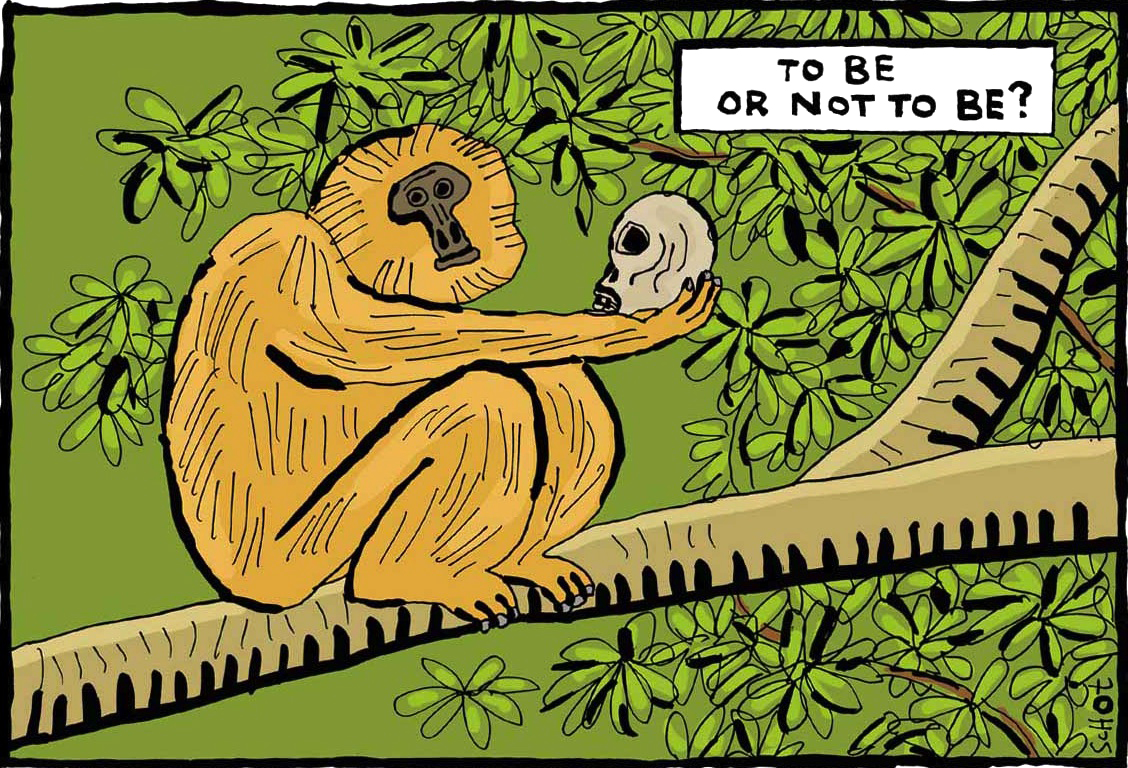Poor and rural people around the world rely on plants and animals for shelter, food, income and medicine. In fact, the United Nations Sustainable Development Goal (SDG 15) on sustainable ecosystems acknowledges many developing societies' close relationship with nature when it calls for increased "capacity of local communities to pursue sustainable livelihood opportunities." But how is this to be achieved?
The 1975 Convention on International Trade in Endangered Species of Wild Fauna and Flora (CITES) provides a viable framework for reducing poverty while also conserving nature. It regulates the harvesting and exchange of more than 35,000 wildlife species across a range of locales. Nature has been described as the "GDP of the poor." The CITES framework, combined with strong national conservation policies, can simultaneously protect wild species and benefit poor, rural and indigenous people by encouraging countries and communities to adopt sound environmental management plans.
For example, under CITES, Andes communities shear the vicuna for its fine wool, which they sell to the luxury fashion industry in other parts of the world. Cameroonians collect African cherry bark for export to European pharmaceutical companies. And people on the Tibetan Plateau in Bhutan make a living selling caterpillar fungus to the traditional-medicine industry.
















With your current subscription plan you can comment on stories. However, before writing your first comment, please create a display name in the Profile section of your subscriber account page.